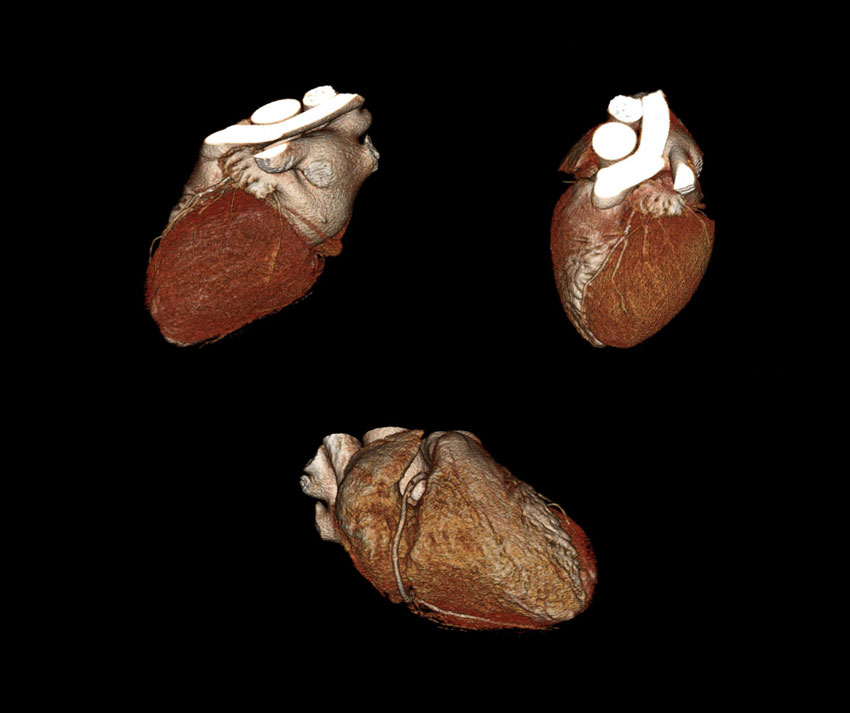
In today’s fast-paced world, heart-related ailments have become increasingly prevalent due to various lifestyle factors. As a result, medical advancements continue to evolve, and one such breakthrough is the 3D CT Angiography, a non-invasive imaging technique that allows physicians to examine the heart and blood vessels with incredible precision. But who would benefit most from this advanced heart scan? In this blog, we’ll explore the ideal candidates for a 3D CT Angiography and the invaluable insights it provides for early detection and personalized treatment of cardiovascular conditions.
What is a 3D CT Angiography
A 3D CT Angiography, also known as a computed tomography angiography (CTA), is a radiological procedure that utilizes specialized X-ray technology to capture detailed images of the heart and surrounding blood vessels. By injecting a contrast dye into the bloodstream, the scanner creates high-resolution 3D images, providing a clear view of any potential blockages, narrowing, or abnormalities in the arteries.
Patients with Unexplained Chest Pain
One of the most common symptoms of heart-related issues is chest pain, also known as angina. People experiencing chest discomfort, pressure, or tightness, especially those without a history of heart disease, could benefit from a 3D CT Angiography. This test helps rule out or diagnose coronary artery disease (CAD) and identifies areas of concern that might require further investigation or intervention.
Individuals at High Risk for Heart Disease
People with a family history of heart disease, diabetes, hypertension, or high cholesterol levels are considered at high risk for cardiovascular issues. A 3D CT Angiography can provide invaluable information about the presence of arterial plaques, calcium deposits, and other risk factors that may necessitate immediate lifestyle changes or medical treatment to prevent more severe complications.
Post-Cardiac Event Patients
Patients who have experienced a heart attack or any other significant cardiac event may need frequent monitoring to assess the effectiveness of their treatment and the overall condition of their heart and blood vessels. 3D CT Angiography offers a non-invasive way to monitor the progress of the healing process and the potential development of new blockages.
Evaluation of Congenital Heart Conditions
Individuals born with congenital heart conditions or those with suspected structural abnormalities in their heart may undergo a 3D CT Angiography. The procedure provides detailed anatomical information, allowing physicians to plan the most appropriate treatment strategy and surgical interventions, if necessary.
Preoperative Assessment
For patients who are scheduled to undergo cardiac surgery, a 3D CT Angiography can be an essential preoperative evaluation tool. It helps surgeons gain a comprehensive understanding of the patient’s cardiac anatomy and identify any complexities that may require extra attention during the procedure.

A 3D CT Angiography is a powerful imaging tool that plays a crucial role in diagnosing, monitoring, and planning treatments for various heart conditions. While it’s non-invasive, it offers detailed and accurate insights, making it a valuable diagnostic option for a range of patients. Whether someone is experiencing chest pain, belongs to a high-risk group, or has undergone previous cardiac events, this advanced heart scan can provide early detection and contribute to better management and improved outcomes. As technology continues to advance, 3D CT Angiography remains at the forefront of cardiovascular care, ultimately contributing to a healthier heart and a healthier life. Schedule an appointment today and find out if you are a candidate for a 3D CT Angiography today!
